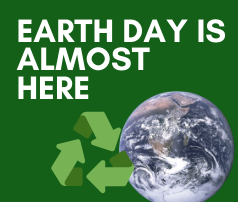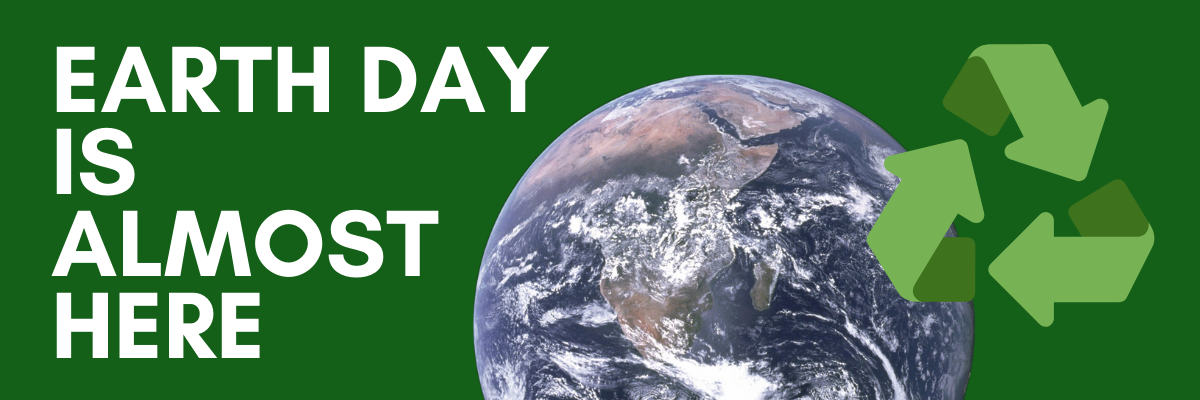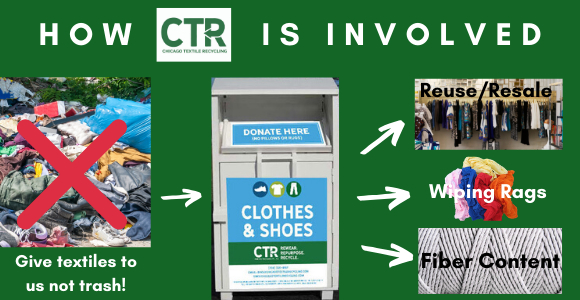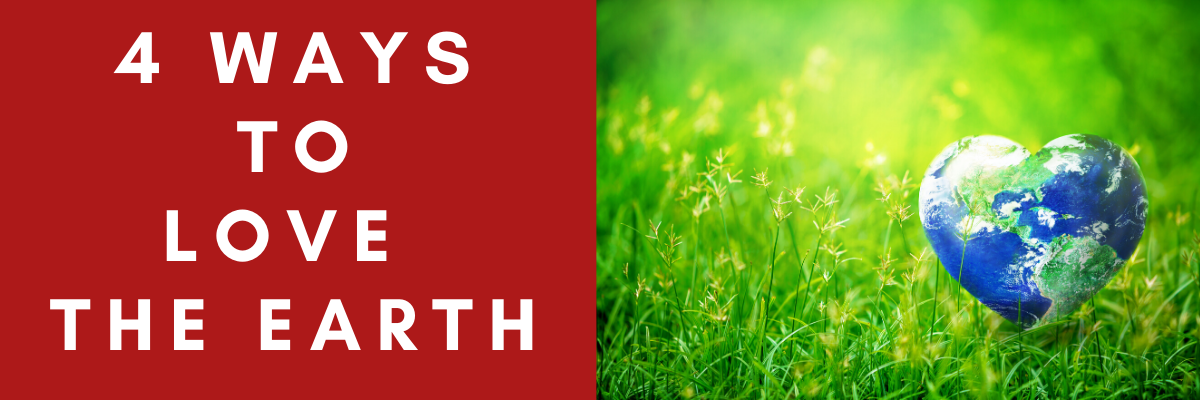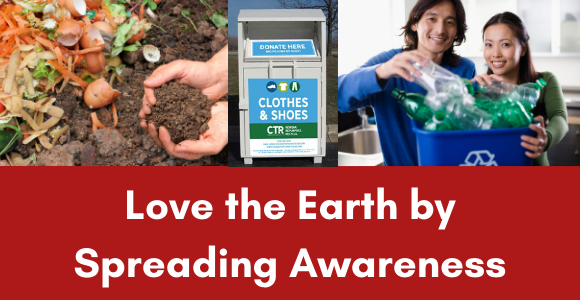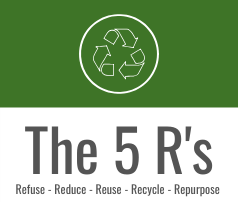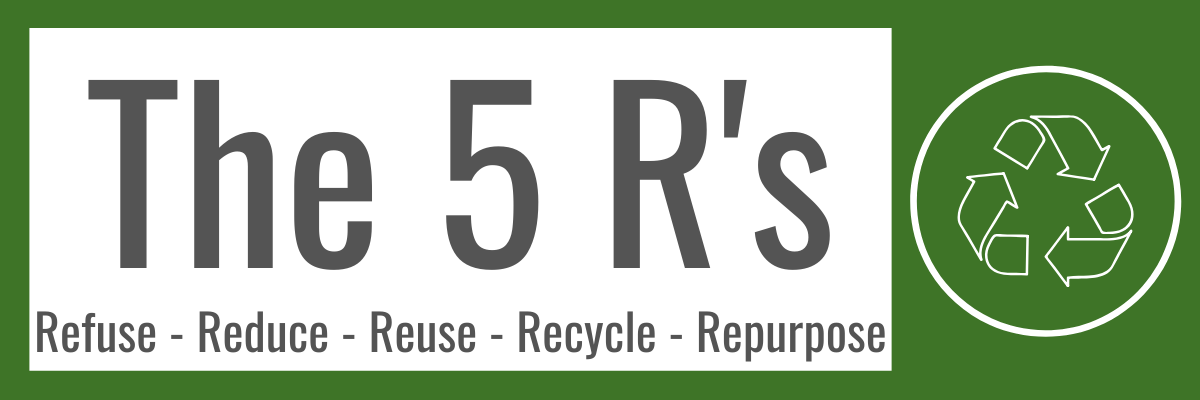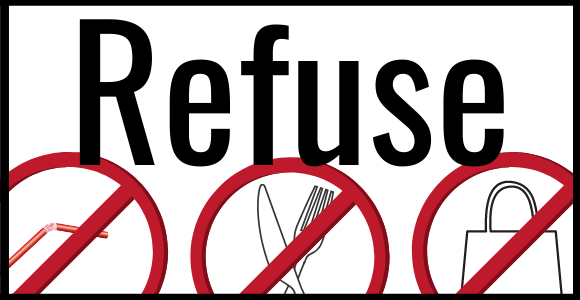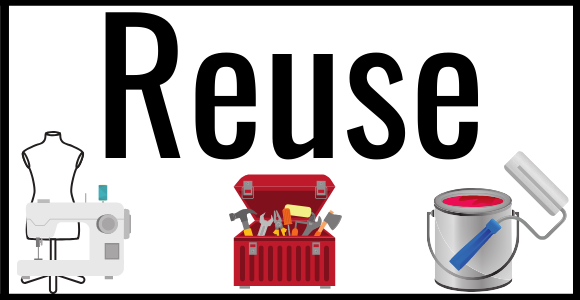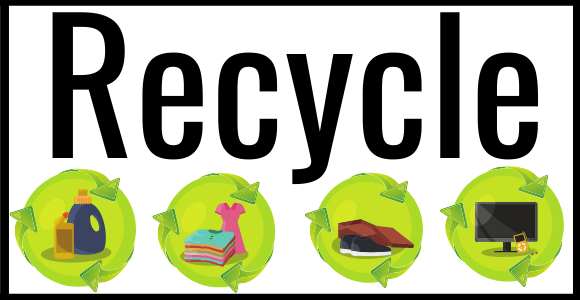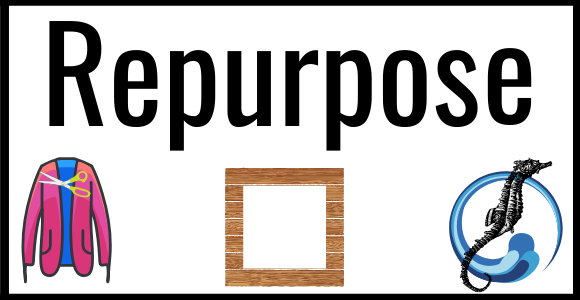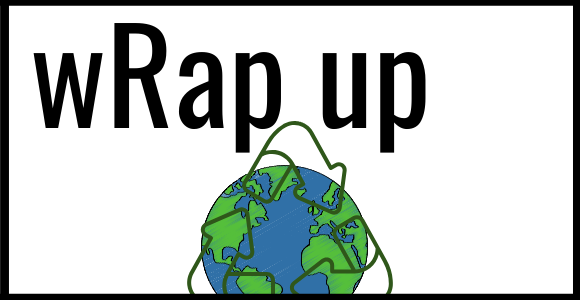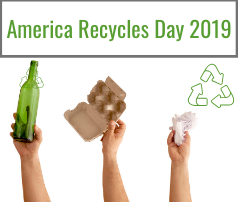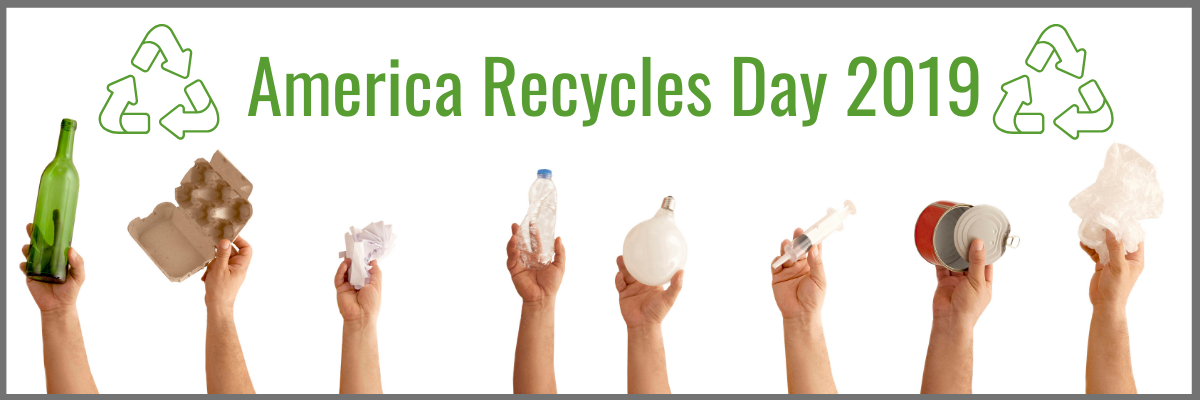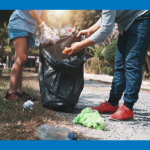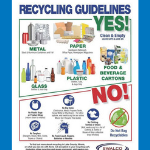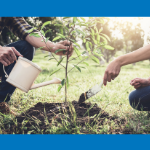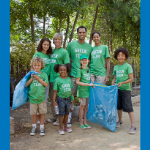
Choose Consciously

What does it mean to choose consciously? And why is it important? Here at Chicago Textile Recycling, we educate readers around and encourage textile recycling, but also want our readers to be mindful of the clothes and textiles they add to their closet when in need of purchasing new (to you) items.
“So what is a conscious closet? A conscious closet is a wardrobe built with greater intention and awareness of our clothes, where they come from, what they’re made out of, and why they matter.” (Cline, p 5)
Conscious closets are made up of timeless pieces, secondhand steals, vintage, and quality items. They are thoughtfully created with textile workers’ quality of life, textile sustainability and environmental repercussions in mind. They are all unique and reflect each of our personal styles.

Why Choose a Conscious Closet? Less is Best
“Less is a boon for the planet. It is the single most effective way we can reduce our fashion footprint. The vast majority of the clothing industry’s environmental toll happens while manufacturing new clothes, specifically in the process of turning fiber into fabrics.” (Cline, p 51)
Textile recycling helps keep clothing out of landfills and reduce greenhouse gas emissions. Buying sustainably reduces the environmental impact greatly, but as stated above, the very best way to help our planet is to simply buy less.
According to a study in 2018, Americans “have the second highest percentage of unworn clothes: 82 percent of their items never saw the light of day last year.” (Read more here)
If we are only utilizing 18% of the items in our closet, why do we continue to buy more?
“Our closets are meant to hold the beautiful things that we are excited to wear. But they’ve been hijacked and turned into dark recesses for our impulse buys and fashion regrets, and clothes that we don’t like, that don’t work, that don’t fit, and that just need to go.” (Cline, p 15)
Fast fashion is part of the problem. The fashion industry changing trends not only every season, but nearly every week creates this desire to constantly purchase new trending items nearly every week. It is impossible to keep up and creates immense waste. But fast fashion is only part of the problem. There is also a responsibility the consumer needs to take to resist constantly purchasing new pieces. One idea Cline gives in her book is taking a “fashion fast”.
A fashion fast is a “full and intentional break from buying new clothes and the perfect way to kick off the Art of Less.” (Cline, p 53) During the fast, you can: tackle wardrobe repairs, shop your closet, and/or take a capsule wardrobe challenge. (p 55)

A Capsule Wardrobe
One of the ideas Elizabeth Cline gives in her book is creating a capsule wardrobe. This idea has been put to use in numerous fashion blogs, and similar to the idea of a 30 day, 30 items challenge mentioned here but more permanent. “A capsule wardrobe is a small, perfectly planned-out, tightly edited wardrobe of versatile clothes. It’s a wardrobe distilled to its essence, with no extraneous pieces…What defines a capsule wardrobe is not its smallness but the versatility and intentionality of its contents.” (p 102)
Cline discusses further how to create a capsule wardrobe for your personal fashion style and how it is something that can be formed and modified over the years. Put simply, it begins with cleaning out your closet, choosing primarily pieces that can work with many different items in your wardrobe. And then moving forward, pursuing sustainable, or secondhand/vintage pieces to add in. It is about being intentional with what you own, and showing respect to your clothes, even the less quality pieces, taking time to mend and later recycle them.
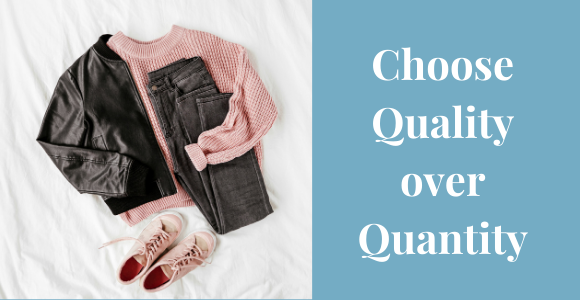
Choose Quality over Quantity
In addition to constantly changing trends, fast fashion has also reduced the quality of textiles in their pursuit of making the most clothing for the lowest price. Though many companies have pledged to increase wages and conditions for their workers and produce clothing more sustainably, it continues to be a widespread problem. When purchasing new pieces for your closet, we encourage our readers to choose pieces from companies that are pursuing these positive changes.
“Good-quality clothing is good for the planet because it lasts. But quality also lasts because it’s so damn compelling. It’s that essence that draws you to a garment again and again.” (p 57)
At the end of the day, we want to feel good in what we wear. We want our clothes to fit well and to represent our personality and style. Why waste precious money and time buying textiles that sit in your closet for years unworn? We encourage each of you, dear readers, to choose consciously. Choose with intentionality. And please recycle your textiles.


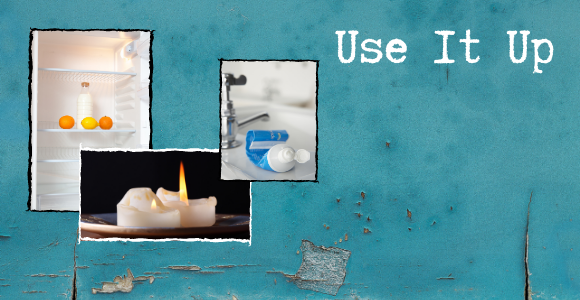
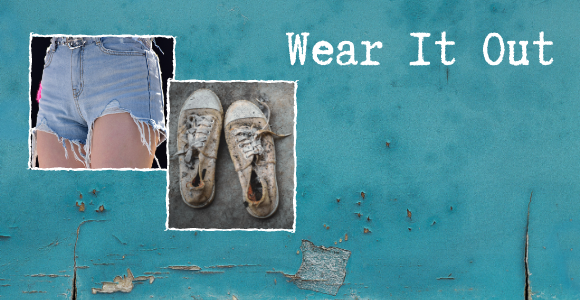
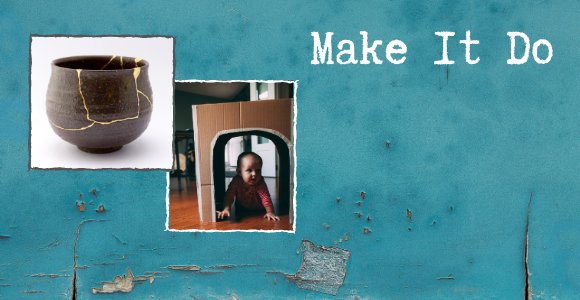


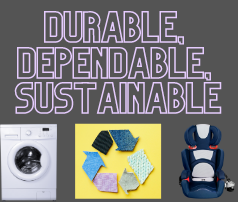

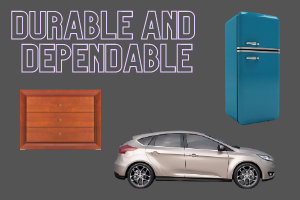
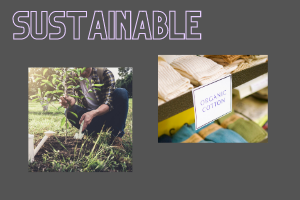
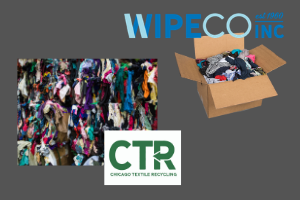
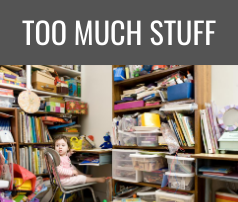
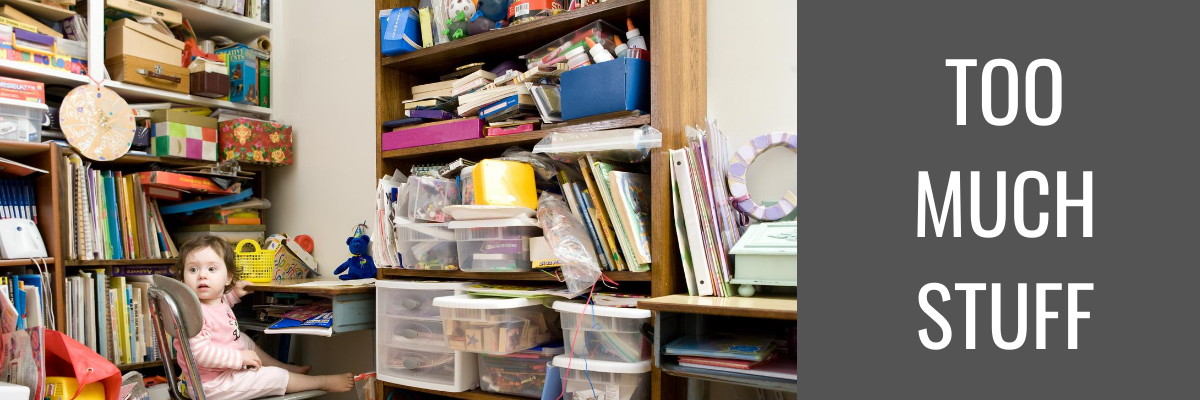


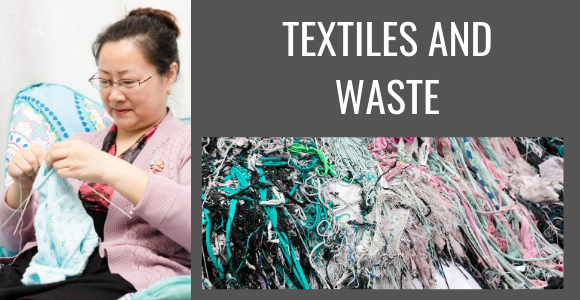

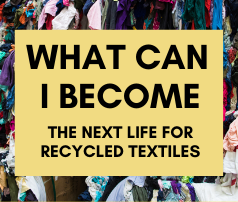
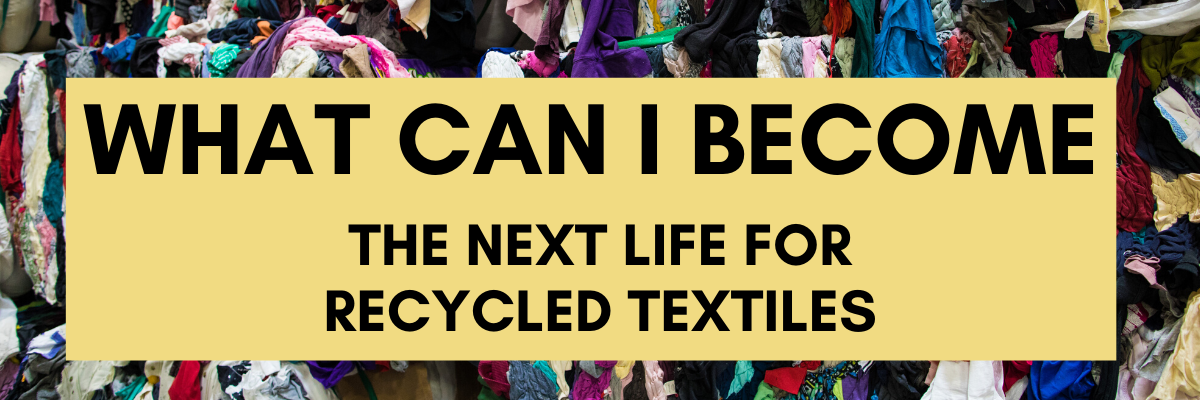

 T-shirts, sheets, towels and clothing can become wiping rags. T-shirts and clothing in good or great condition are typically resold in stores or sent to other countries to provide clothing for the population there, but for t-shirts and clothing that is not salvageable for reuse, and for towels and sheets, many times it is recycled into wiping rags.
T-shirts, sheets, towels and clothing can become wiping rags. T-shirts and clothing in good or great condition are typically resold in stores or sent to other countries to provide clothing for the population there, but for t-shirts and clothing that is not salvageable for reuse, and for towels and sheets, many times it is recycled into wiping rags.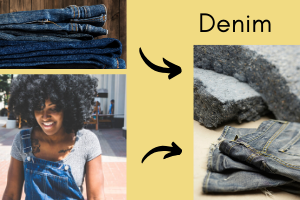 Denim can become home insulation. For denim jeans, skirts, overalls and other products that are in good condition, they can be resold and reused. However for denim that is not in the best shape or stained or torn too much, it can be shredded and used as home insulation. This is a great way to keep denim out of landfills and give it another life in a different form that is beneficial for textile recycling and keeping your home warm.
Denim can become home insulation. For denim jeans, skirts, overalls and other products that are in good condition, they can be resold and reused. However for denim that is not in the best shape or stained or torn too much, it can be shredded and used as home insulation. This is a great way to keep denim out of landfills and give it another life in a different form that is beneficial for textile recycling and keeping your home warm.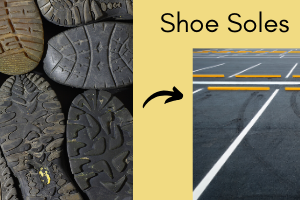 Shoe soles can become paving material. When shoe soles contain fine rubber powder, they can be recycled as rubber granulate that then combines with a binder and goes into creating roads, running tracks, playground surfacing, railroad pads and more. Shoes are high in demand as a reuse and resale product, but for those that don’t make the cut, they can be used for paving material.
Shoe soles can become paving material. When shoe soles contain fine rubber powder, they can be recycled as rubber granulate that then combines with a binder and goes into creating roads, running tracks, playground surfacing, railroad pads and more. Shoes are high in demand as a reuse and resale product, but for those that don’t make the cut, they can be used for paving material. Sweaters and coats can become carpet padding. Similar to denim that is broken down and made into insulation, sweaters and coats that are no longer reusable can be downcycled into carpet padding. One of the three methods of recycling textiles we discuss on our website is breaking the textiles down into fiber content. This would be the case for making carpet padding from sweaters and coats. Carpet padding is another great way to keep textiles out of landfills and give them a new purpose and life.
Sweaters and coats can become carpet padding. Similar to denim that is broken down and made into insulation, sweaters and coats that are no longer reusable can be downcycled into carpet padding. One of the three methods of recycling textiles we discuss on our website is breaking the textiles down into fiber content. This would be the case for making carpet padding from sweaters and coats. Carpet padding is another great way to keep textiles out of landfills and give them a new purpose and life.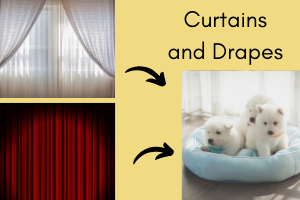 Curtains and drapes can become stuffing for pillows, sleeping bags and animal beds. In the same way as products mentioned previously, curtains and drapes can be recycled into fiber content used to stuff those three products. For curtains and drapes in good condition, they can be cleaned and resold. But for those too stained and/or torn to be reused, they may end up as filling for new products that need a little fluff.
Curtains and drapes can become stuffing for pillows, sleeping bags and animal beds. In the same way as products mentioned previously, curtains and drapes can be recycled into fiber content used to stuff those three products. For curtains and drapes in good condition, they can be cleaned and resold. But for those too stained and/or torn to be reused, they may end up as filling for new products that need a little fluff.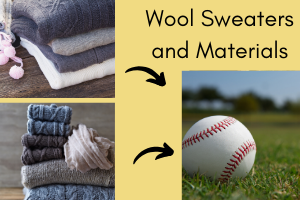 Wool sweaters and materials can become baseball and softball filling. Ever wonder what baseballs and softballs have on the inside giving them the density and weight to be used for sport? At the core is rubber or cork, which is then wrapped in wool and poly/cotton windings, with a cowhide exterior. For those wool sweaters and materials that are falling apart, donate them even if you don’t think they would be considered for reuse. They can become filling for America’s favorite sport.
Wool sweaters and materials can become baseball and softball filling. Ever wonder what baseballs and softballs have on the inside giving them the density and weight to be used for sport? At the core is rubber or cork, which is then wrapped in wool and poly/cotton windings, with a cowhide exterior. For those wool sweaters and materials that are falling apart, donate them even if you don’t think they would be considered for reuse. They can become filling for America’s favorite sport.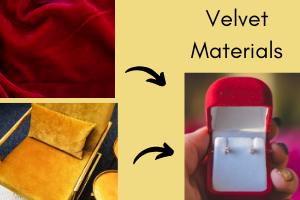 Velvet materials can become jewelry box lining. Though velvet isn’t as popular a textile as it once was, you can still find it being used in various forms such as curtains, pants, furniture and blazers here and there. When no longer in need of your favorite velvety smooth textile, please donate it. If the item is not suitable for reuse, it can become box lining for your next jewelry purchase.
Velvet materials can become jewelry box lining. Though velvet isn’t as popular a textile as it once was, you can still find it being used in various forms such as curtains, pants, furniture and blazers here and there. When no longer in need of your favorite velvety smooth textile, please donate it. If the item is not suitable for reuse, it can become box lining for your next jewelry purchase.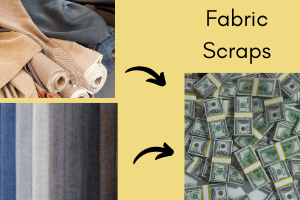 Leftover fabric scraps can become paper money. As explained in this
Leftover fabric scraps can become paper money. As explained in this 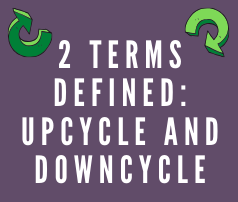

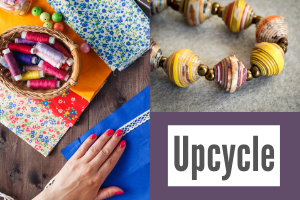 Merriam-Webster online
Merriam-Webster online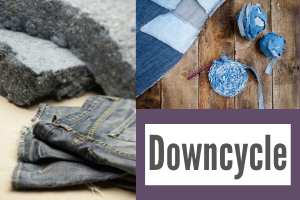 In comparison to upcycle,
In comparison to upcycle, 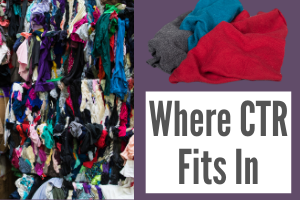 Chicago Textile Recycling, as a part of its parent company
Chicago Textile Recycling, as a part of its parent company 